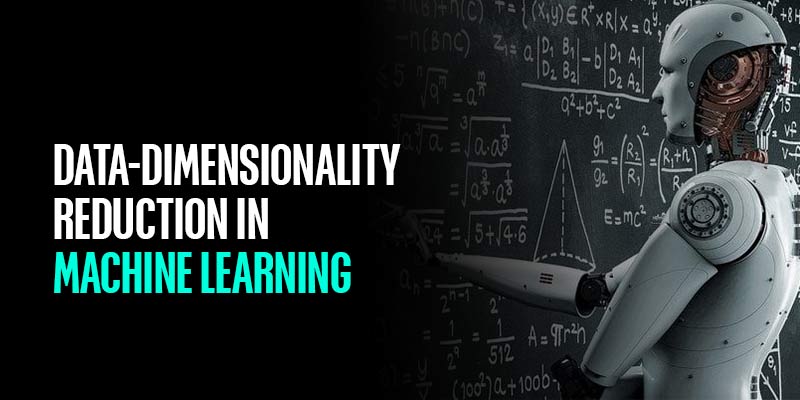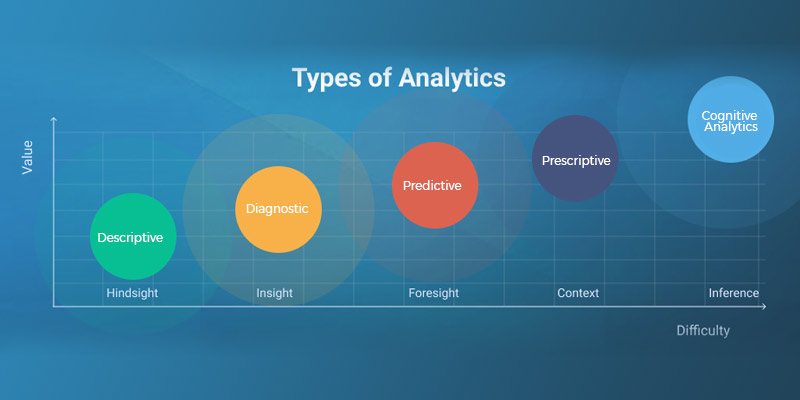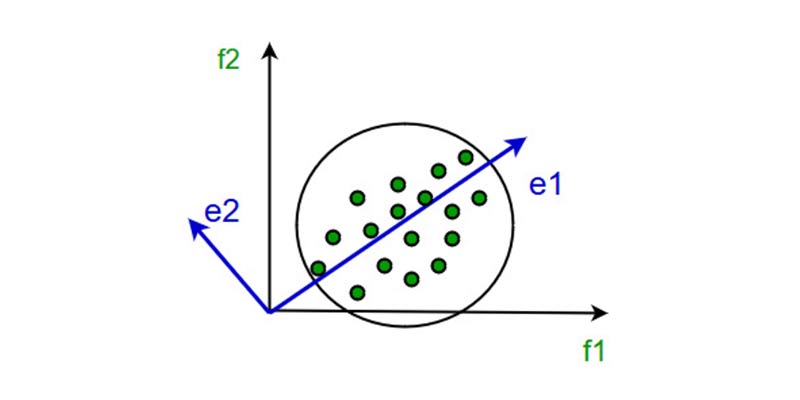
Machine learning is an indispensable part of Data Mining and Data Science. The market for machine learning is a promising professional career path. If you are intended to begin your career in Data Science, then upskilling your machine learning skills would help wider opportunities. Why is a machine a good career path? Because according to the survey, more than 3 lakh machine learning engineers are part of every technology. Moreover, machine learning engineering is the top job in salary, job opportunities, and demand.
If you are interested in beginning your career in the machine learning sector, you can join Machine Learning Online Course and equip yourself with the necessary concepts such as Data, Problems, tools, Matlab, Linear Classification, and Perceptron update rule.
If anyone who has upskilled machine learning has vast job opportunities, such as Director of analytics, Principal scientist, Computer scientist, Data scientist, Statistician, Machine learning engineer, Research engineer, computer vision engineer, Data engineer, Algorithm engineer.
So, to head your career in these job roles, you need to have comprehensive skills. For example, if you are a machine learning engineer, you should have basic skills such as:
-
Programming language skills
-
Data Modeling and Evaluation
-
Big Data analytics and many more
If you choose to become a machine learning engineer, you will be paid around 4.5 to 5 lakhs per year.
Before moving on to a deep understanding of dimensionality reduction in machine learning, what is dimensionality reduction and dimensionality reduction techniques, we shall discuss what machine learning is and why machine learning is a demanding career.
Why is Machine learning demanding?
Machine learning is not subject to a particular field. It is widely utilized in every sector, such as Transcription, Retail and customer service, Marketing, Manufacturing, Cybersecurity, Agriculture, Finance, data science, etc.
If you are interested in automation, algorithm, and data, then machine learning would be the right career path to perceive. Many freshers are interested in innovating new technology according to the current era. Machine learning would be the right career to move ahead in such a case. In the machine data process, you will be responsible for handling raw data, executing algorithms, and automating the process for optimization.
Why has machine learning become a promising career for many? Because machine learning has a wide scope of job opportunities. As discussed above, upskilled individuals have a broader scope from retail to data science. Moreover, now everything has become automated. Machine learning skills will provide high-paying jobs such as Machine Learning Engineer, Data Scientist, NLP Scientist, Business Intelligence Developer, or a Human-Centred Machine Learning Designer.
Furthermore, it is a lucrative and skilled machine learning that is in high demand with many unfilled job positions. So, an individual who has intended to begin a career as a machine learning engineer can join Machine Learning Course in Chennai and have a profound understanding of Logistic regression, Linear regression, estimator bias, dimensionality reduction in data mining, and Kernel regression.
What Is Machine Learning?
Machine Learning is the branch of Artificial Intelligence. Machine learning is the process of allowing the computer to learn like humans without any explicit programming.
Moreover, machine learning focuses on enabling the machine to learn the algorithm and data without the assistance of human interactions. Further, with machine learning, we can constantly develop and adapt to perform the task more efficiently with minimal human behavior.
However, it is not a new science; the technology available to us today has allowed it to gain a lot of traction and be used in a plethora of different applications, such as :
Now, we shall discuss what is dimensionality reduction, What is Predictive Modeling, and what the process of reduction involves.
What is Predictive Modeling:
It is a mathematical process that is utilized to predict future processing and outcomes by examining patterns in raw data. There are five modes of analytics:

It's an important part of predictive analytics, a sort of data analytics that predicts activity, behavior, and patterns using current and past data.
Predictive modeling can evaluate the quality of a sales lead, the chance of spam, or the possibility of someone clicking a link or purchasing a product. Because predictive modeling skills are frequently integrated into a broad range of business applications, it's essential to understand how it works to analyze and enhance performance.
What is Dimensionality Reduction?
A large amount of input features, variables, or columns in a dataset is known as dimensionality, and the process of reducing these features is termed dimensionality reduction.
In some cases, a dataset has many input features, making predictive modeling more challenging. Because it is difficult to comprehend or predict a training dataset with a large number of characteristics, in such a case, dimensionality reduction techniques must be utilized.
"It is a strategy of turning the higher dimensions dataset into a fewer dimensions dataset while guaranteeing that it gives similar information." These methods are commonly utilized in machine learning to develop a more accurate predictive model while solving classification and regression challenges.
Speech recognition, signal processing, bioinformatics, and many other fields that deal with high-dimensional data. It can also be used to visualize data, reduce noise, and do cluster analysis.
The Curse of Dimensionality
Managing high-dimensional data would be a complex approach, which is commonly termed dimensionality; when the dimensionality of the input data increases, the machine learning algorithm and features would be more challenging to comprehend. So, as the number of models increases, the samples will also help increase, and overfitting also occurs proportionally.
Moreover, if the ML models are trained on high-dimensional data, they may become overfitted and end in the worst performance. So, it is required to decrease the features, which can be done through dimensionality reduction.
Two components of dimensionality reduction:
1. Feature selection: We strive to locate a subset of the original set of variables or features so that we can represent the problem with a smaller subset. It usually takes three forms:
2. Feature extraction: This reduces data in a high-dimensional to a lower-dimensional space( which seems to have fewer dimensions).
Dimensionality reduction techniques:
The various techniques used for dimensionality reduction include:
-
Principal Component Analysis (PCA)
-
Linear Discriminant Analysis (LDA)
-
Generalized Discriminant Analysis (GDA)
Dimensionality can be both linear and nonlinear, but it depends on our method. The prime liner methods are also termed Principal Component Analysis.
Principal Component Analysis
Karl Pearson introduced this technique. It works on the premise that when data from a higher-dimensional space is plotted to data from a lower-dimensional space, its variance should be the greatest.

It entails the following procedures:
-
Construct the data's covariance matrix.
-
Calculate the matrix's eigenvectors.
-
Eigenvectors corresponding to the most significant eigenvalues are utilized to recover a large fraction of the original data's variance.
As a result, we have fewer eigenvectors, and some data may have been lost in the process. However, the remaining eigenvectors should retain the most significant variances.
Advantages of Dimensionality Reduction
-
It aids data compression, hence saving storage space.
-
It cuts down on computation time.
-
It also aids in the removal of unnecessary features.
-
Reduced dimensions of dataset features and aid in quickly analyzing the data.
Disadvantages of Dimensionality Reduction
-
Some data may be lost.
-
Principal Component Analysis tends to detect linear relationships between variables, which can be undesirable.
-
When mean and covariance are insufficient to characterize datasets, Principal Component Analysis fails.
Now, you would have understood dimensionality reduction in machine learning, what is dimensionality reduction, and what the process of reduction involves. So, to have a comprehensive understanding of techniques in data mining, you can join Machine Learning Course in Bangalore and learn the basic concepts such as dimensionality reduction techniques and dimensionality reduction in data mining.